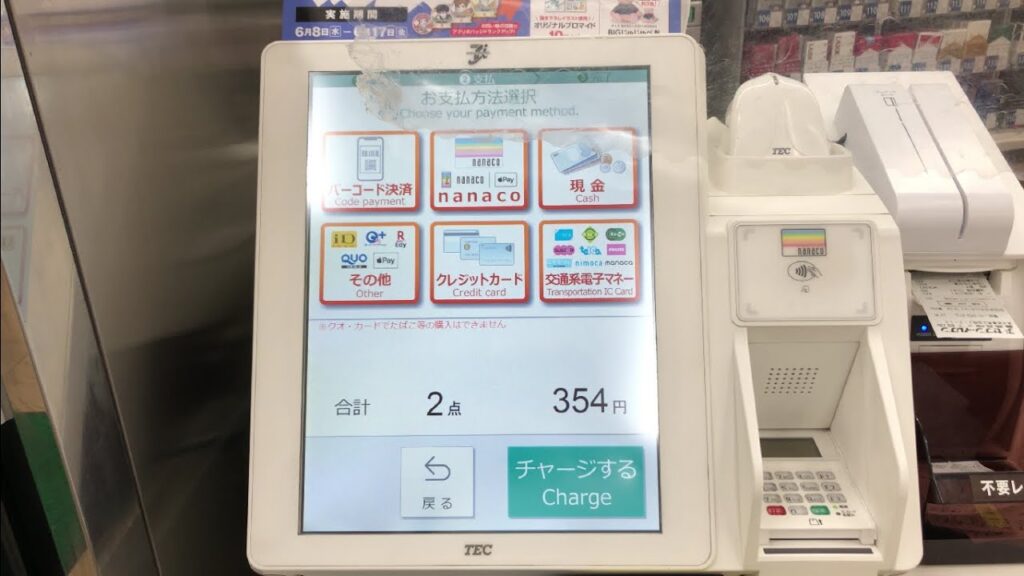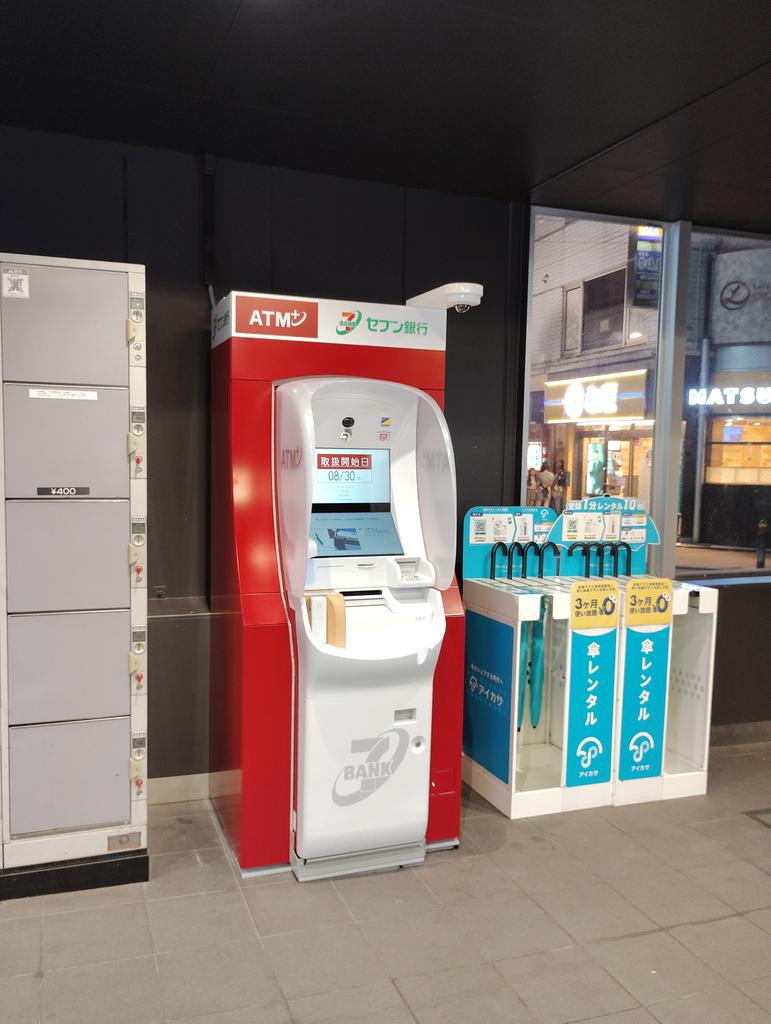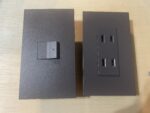
Japan is known for its safety, efficiency, and cutting-edge technology — yet many visitors are surprised to learn that cash is still widely used. While Japan has been moving toward a cashless society, there are still times when you’ll want to have some yen in your wallet.
💳 Japan Is Becoming More Cashless
In major cities like Tokyo, Osaka, and Kyoto, you can use credit cards or mobile payment apps such as PayPay, Suica, or LINE Pay at:
- Large restaurants and cafes
- Hotels and department stores
- Convenience stores (7-Eleven, FamilyMart, Lawson)
- Train stations and taxis
Many businesses display stickers showing which payment methods they accept, so it’s easy to check before ordering or paying.
💳 When You’ll Still Need Cash
Despite the growing cashless trend, cash remains king in some places — especially in rural areas or at small, family-run shops.
You’ll likely need cash for:
- Small local restaurants (“izakaya” or ramen shops)
- Street food stalls and traditional markets
- Temples and shrines (for donations or charms)
- Older vending machines
- Some local buses and coin lockers
Even in big cities, small ramen shops or old-style inns (“ryokan”) might not take cards, so it’s always safer to have a few thousand yen on hand.
💳 Where to Get Cash
Foreign cards may not work in every ATM, but 7-Eleven ATMs, Japan Post Bank (JP Bank), and Lawson ATMs accept most international cards.
You can easily withdraw yen using:
- Visa, MasterCard, Amex, and other major credit/debit cards
- Apple Pay and some foreign bank apps (check fees before using)
ATMs are available 24/7 in convenience stores, so you’ll never be stuck without cash.

💳 Tips for Travelers
- Carry about ¥10,000–¥20,000 in cash for emergencies.
- Keep small coins for vending machines, trains, and shrine offerings.
- When unsure, ask: “Cash or card?” — most staff will understand.
- If your card doesn’t work, look for a 7-Bank ATM (inside 7-Eleven).
💳 In Summary
Japan is becoming more convenient for cashless payments, but cash is still essential in certain situations.
Think of it as part of the experience — handing over yen coins at a tiny ramen shop or dropping a coin at a shrine adds a local touch to your journey.
Alcoholic beverage Anime April Architecture August Autumn Building Capital Area Cherry blossom February Flower Izakaya Japanese food July Kinki kyoto Local ramen Manga March Nagoya Nature Nightlife Night view October Osaka Photogenic Pink Red Sakura September Shopping Shrine Souvenir Spring Station Summer Superb view Temple Tips Tohoku Tokai Tokyo Torii White Winter







